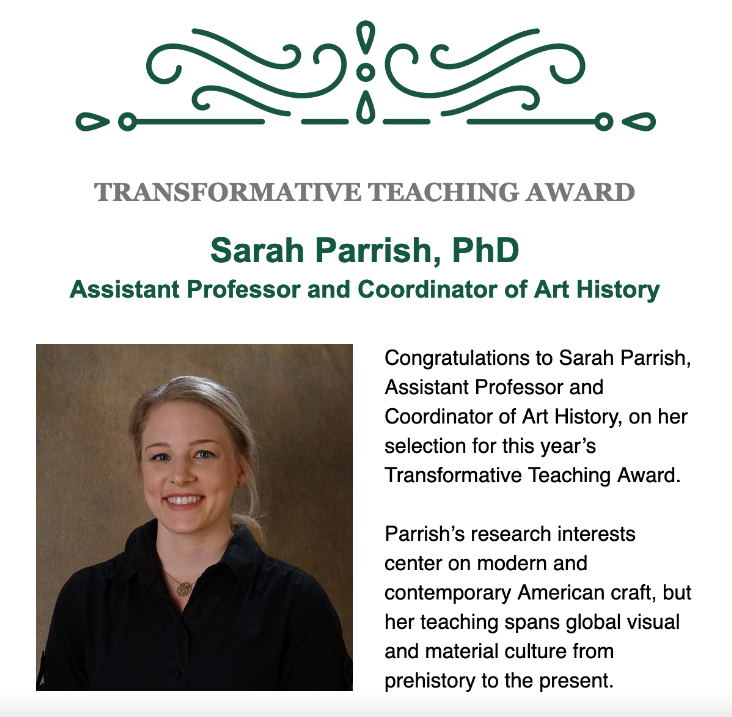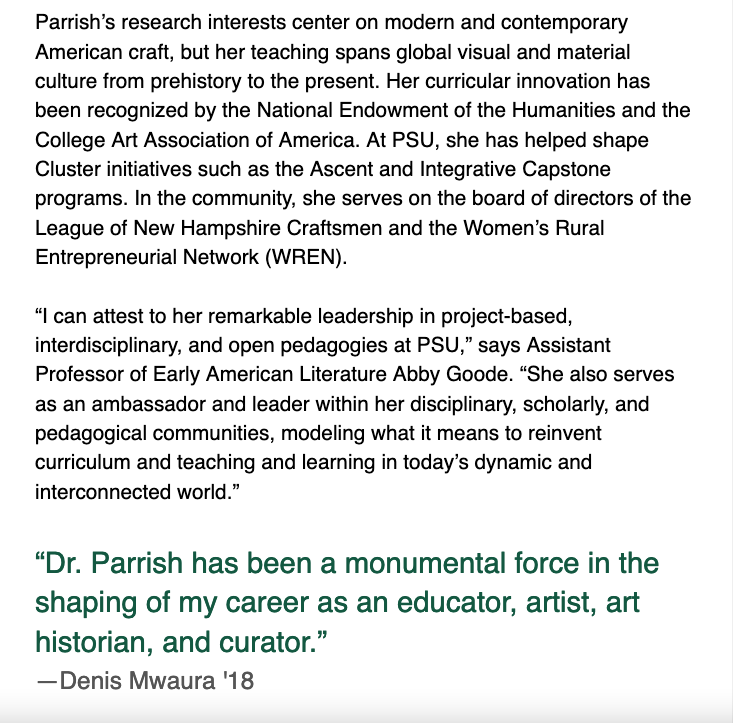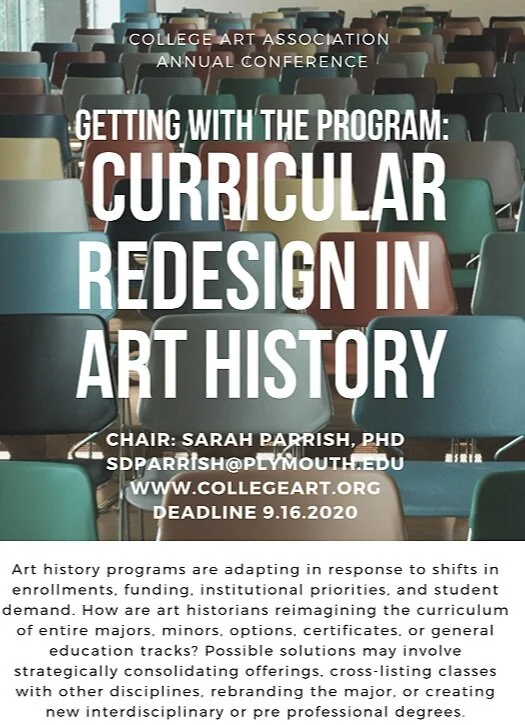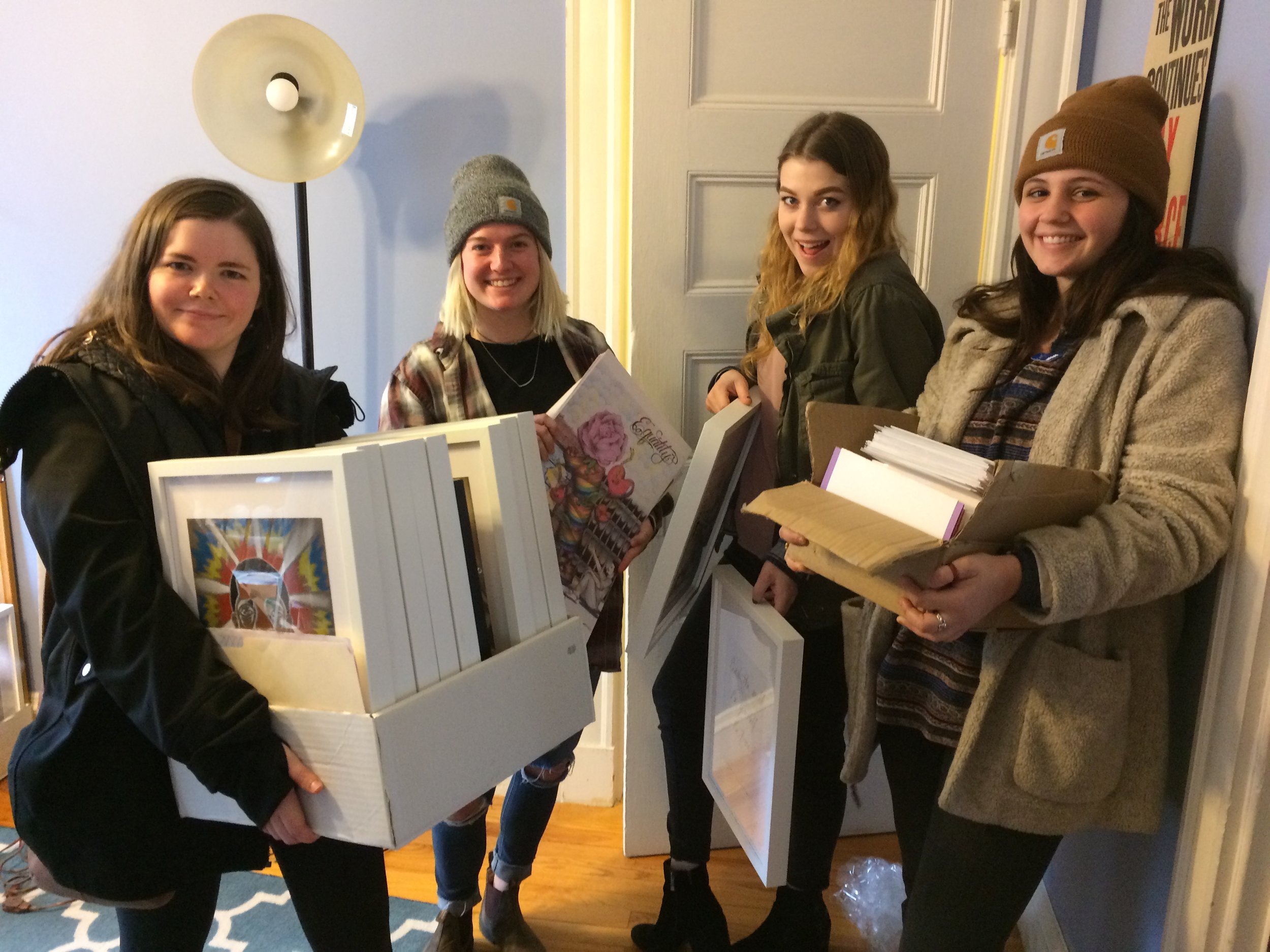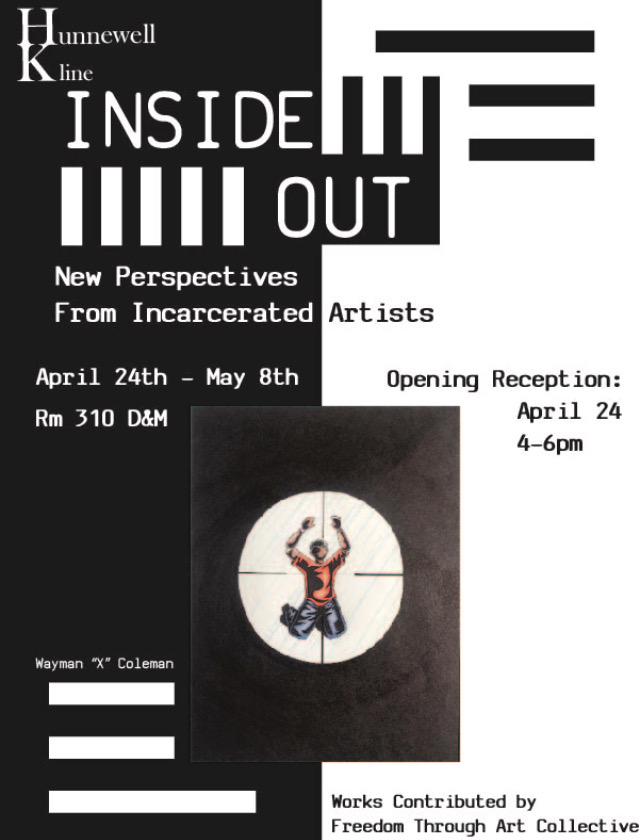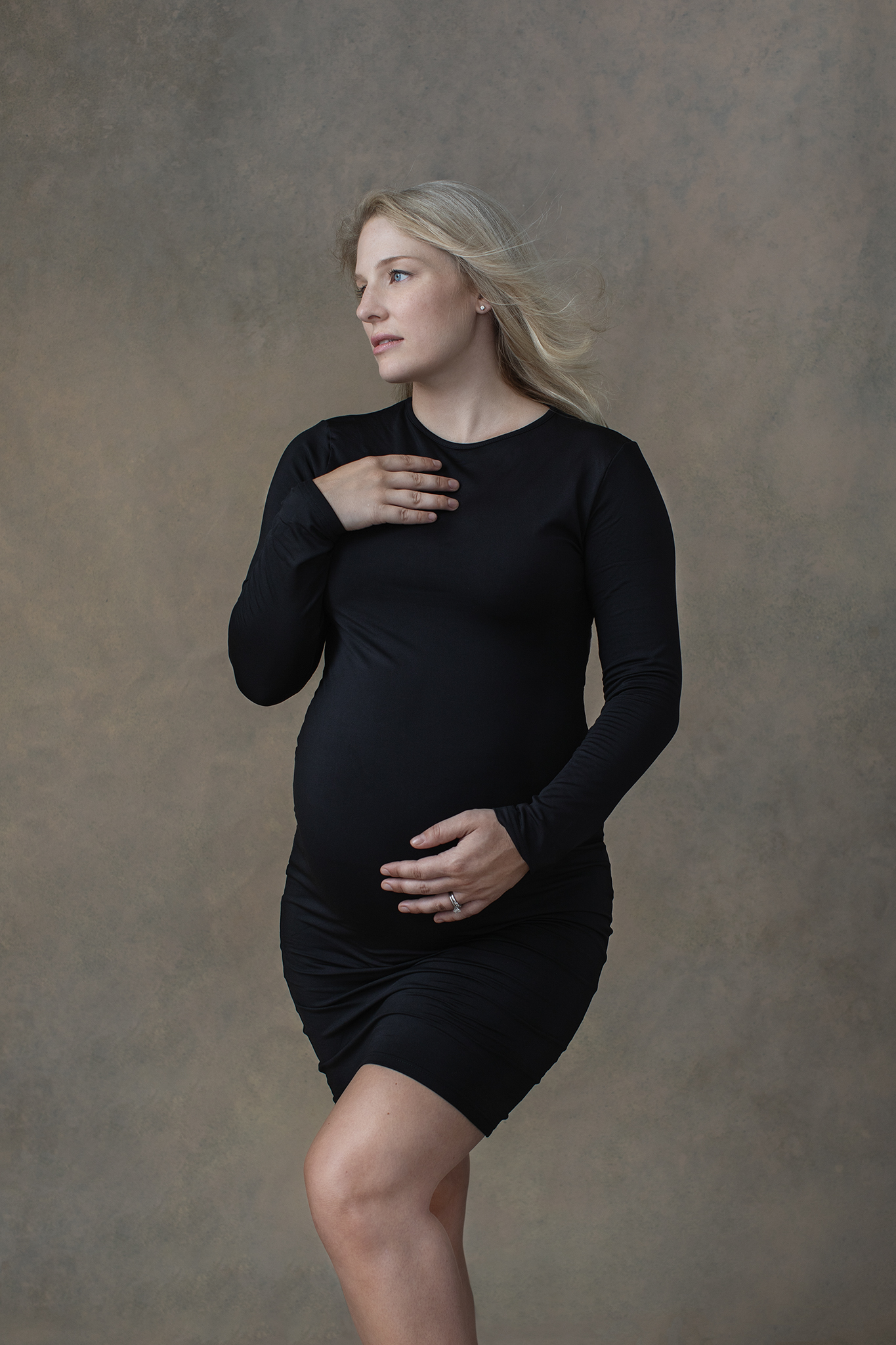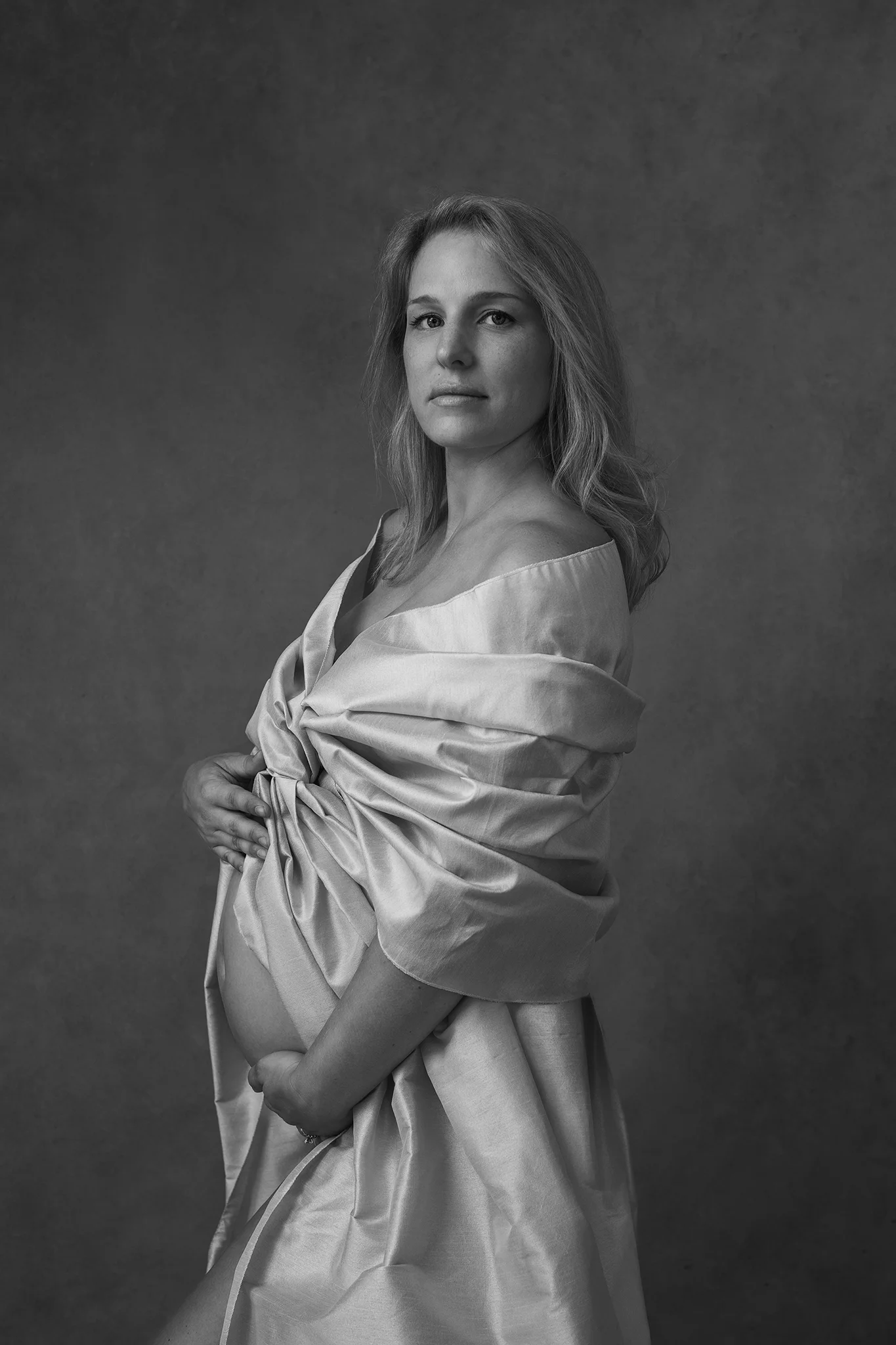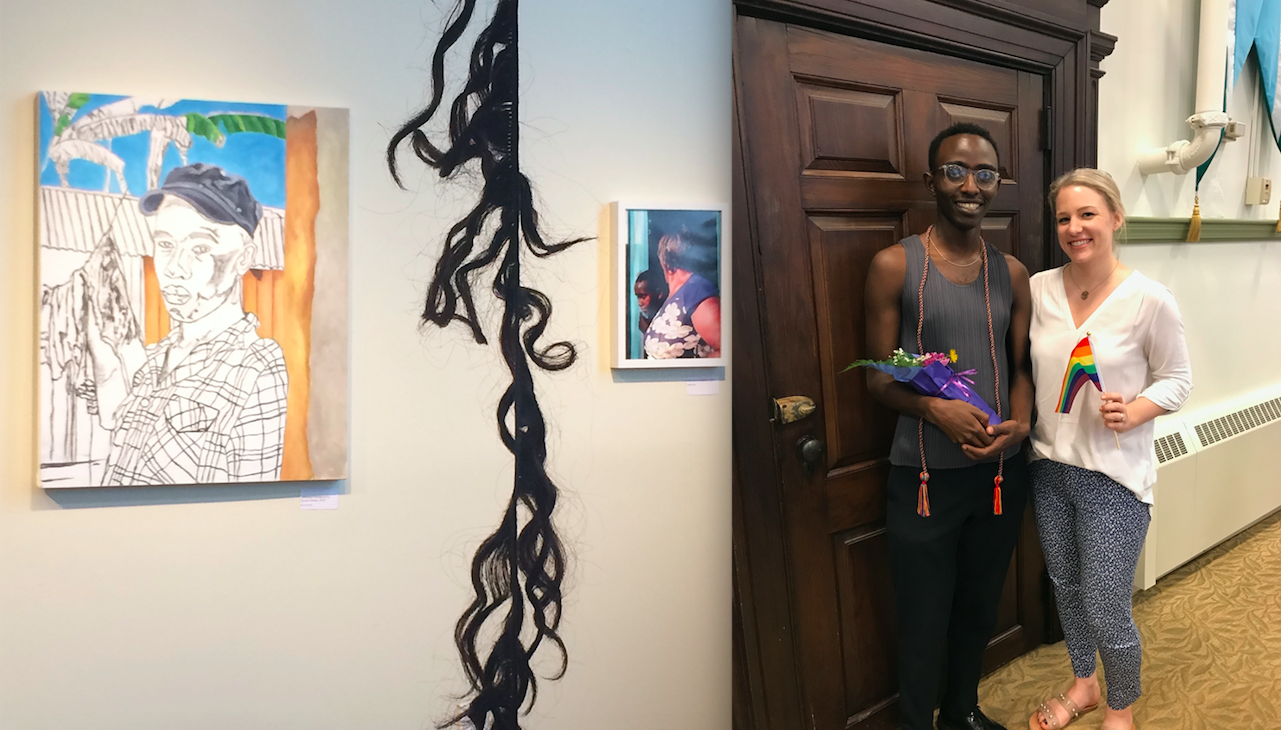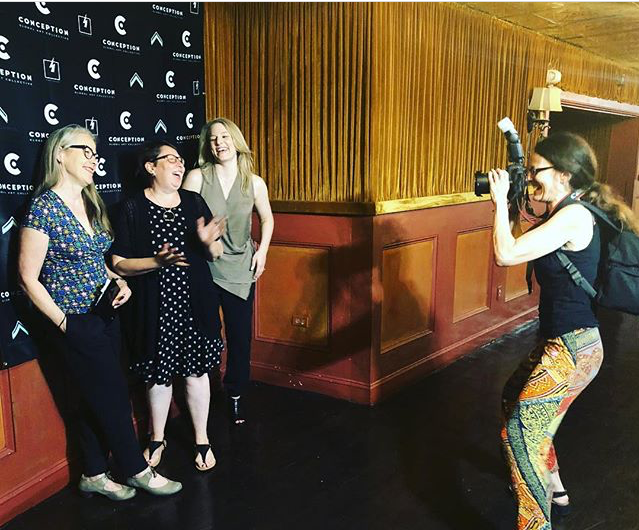This spring I was honored to be nominated by my colleagues to deliver a lightning talk on the future of my institution. Sponsored by the Open Teaching and Learning Collaborative Cluster Pedagogy Learning Community, each speaker had 5 minutes and 3-5 slides to share their vision of how we could move forward — along with 3-5 concrete steps on how we could get there. I did not take this task lightly and thought hard about ways for our particular institution to build on its unique strengths and redress its specific challenges. However, I believe many of these values and ideas can help strengthen any organization during these challenging times and would like to share them publicly here.
As an Art Historian by training, I’m going to enlist the help of a few prominent contemporary artists to present my vision of “PSU: A Work of Art.” Effecting change can be extremely difficult, especially if we are trying to change deeply rooted aspects of higher education. The primary theme of my talk is that if we all take small, repeated actions together, we’ll be able to make an enormous impact in a short period of time. I’ve borrowed this strategy from Chinese mixed-media artist Ai WeiWei, whose work you see in the background of the first slide. These tiny sunflower seeds are individual, unique porcelain sculptures created by artisans in Chinese workshops. Like the steps I’m asking you to take, each one is quickly executed and has minimal impact on its own. But 100 million of them working together in the Tate Turbine hall creates a monumental impact!
Now, I know the phrase “a work of art” might conjure ideals of perfection or genius in many people’s minds. But any practicing artist knows good art is messy; it’s challenging; it’s frustrating, and you may fail several times and need to go back to the drawing board (that’s another parallel with Ai Weiwei – when viewers interacted with his installation, the clay ground up a toxic dust, forcing him to change the way people experienced his piece). These values can characterize our own process of conceptualizing our university as well. I’m not asking anyone to be perfect – I’m asking us to try to work toward these three priority areas to better serve our students and our communities.
To me, the best version of PSU will be even more inclusive than it is now. My dream PSU is also intentional. Administrators, faculty, and staff are leadings some groundbreaking initiatives at PSU, such as Daniel Lee’s Data Analytics program introduced in our last Lightning Talk. With all these projects underway, the time is right to assess and align our work to make sure we aren’t expending energy on any redundant or irrelevant tasks. This speaks to my third goal of a PSU that is integrated. If people, ideas, and processes are working in concert, we can create a better community and education for all.
But how can we get there? To create a truly inclusive and equitable campus, we all need to make changes. Hiring a Diversity Officer is essential, but its not a panacea. National trends also show that the burden of diversity work has disproportionately fallen on BIPOC faculty and staff, limiting their opportunities to engage in other forms of service and scholarship that are essential to their advancement. So I’m asking each of us to add at least one anti-racist element to each category of whatever document your organization uses to plan employee goals for the upcoming year. For faculty at PSU, this is called a Workplan.
This will look different for all of us: As an art historian, I’ve tried to amplify marginalized voices in curriculum – such as Amy Sherald. Sherald’s portraits validate black subjects and just let them be themselves, and I’ve received valuable BIPOC student feedback that they want to see such positive representations of people of color in addition to necessary conversations about slavery and oppression. As a staff or committee member, we can examine procedures, practices, and policies that may have baked-in inequities. And we can try to recruit diverse populations in searches for faculty and staff, student recruitment, and much more.
If we’re going to add more work to our workplans, though, we also need to take things away. Hopefully this slide doesn’t make me look lazy or get me fired! But we can’t keep adding without letting things go, like Banksy’s girl let’s go of her balloon. So my second challenge – should you choose to accept it – is to say NO to at least three things for your workplan next year. That includes you, too, administration! Good leaders pick strategic priorities to help realize their vision.
This, too, can take many forms: think twice about starting something new or charging others with new work, or let go of something that’s not working. This can only succeed if we respect that others may have boundaries and priorities that differ from our own, and if supervisors support these choices. To avoid duplicating efforts, we also need to trust one another to represent the best interests of our community. With fewer faculty and staff, each discipline cant’ have representation on every single committee; that’s how committees work, we delegate and trust others to help share the load.
This involves integration, the final facet of my vision for PSU. Integrative clusters are a cornerstone of our university, but defining them has been a challenge. As in any strategic plan, it’s easy to lose the forest for the trees and let smaller obstacles prevent us from reaching the bigger goal. That’s why I’ve included Rivane Neuenschwander’s I wish your wish as the final artwork to illustrate this point. Neuenschwander’s installation features colorful silkscreen ribbons inscribed with wishes left by previous visitors. Viewers are invited to take one and leave behind their own anonymous wishes for inclusion in a future version of the piece. At PSU, we each have our own dreams and desires - classes we’d like to teach, majors we’d like to save, students we want to recruit, service initiatives we hope to implement, workload we’d like to balance. But if we all push our own individual agendas, we all lose. Only by “wishing each others wishes” will we be able to help one another move toward truly public university where all community members feel seen and valued.
Small steps, taken together, can make a tangible, immediate impact. Small changes repeated over time is also the best way to break old habits and create new routines. So I’m excited for each of you to create your own “seeds” and watch them grow into a collective work of art over the year to come.






